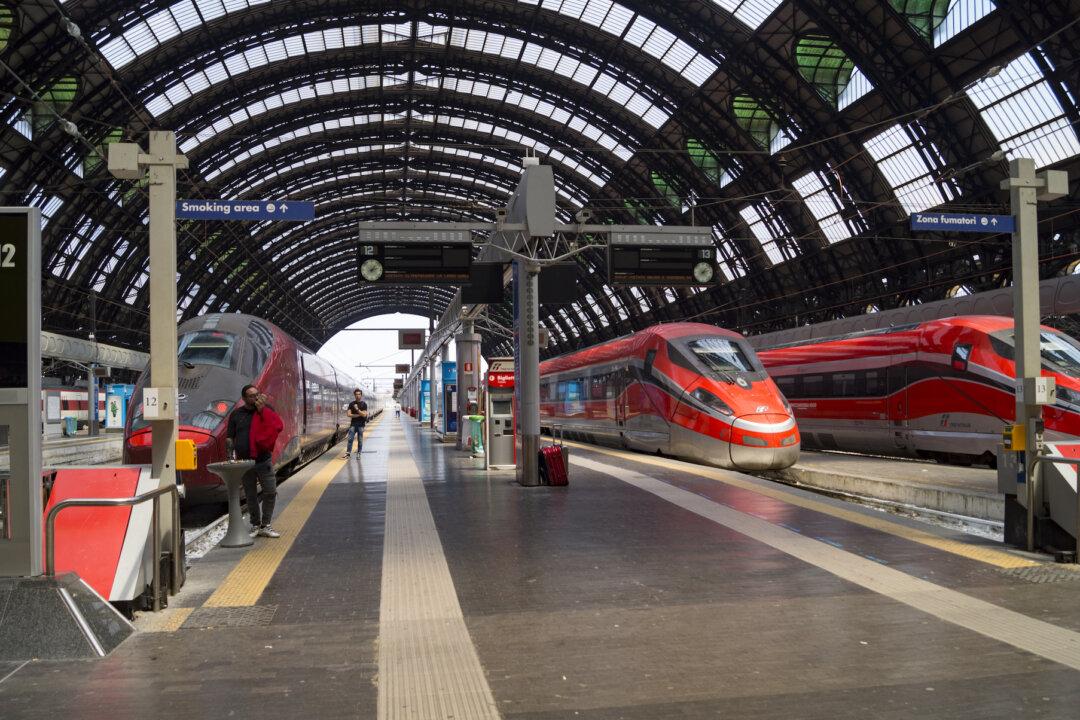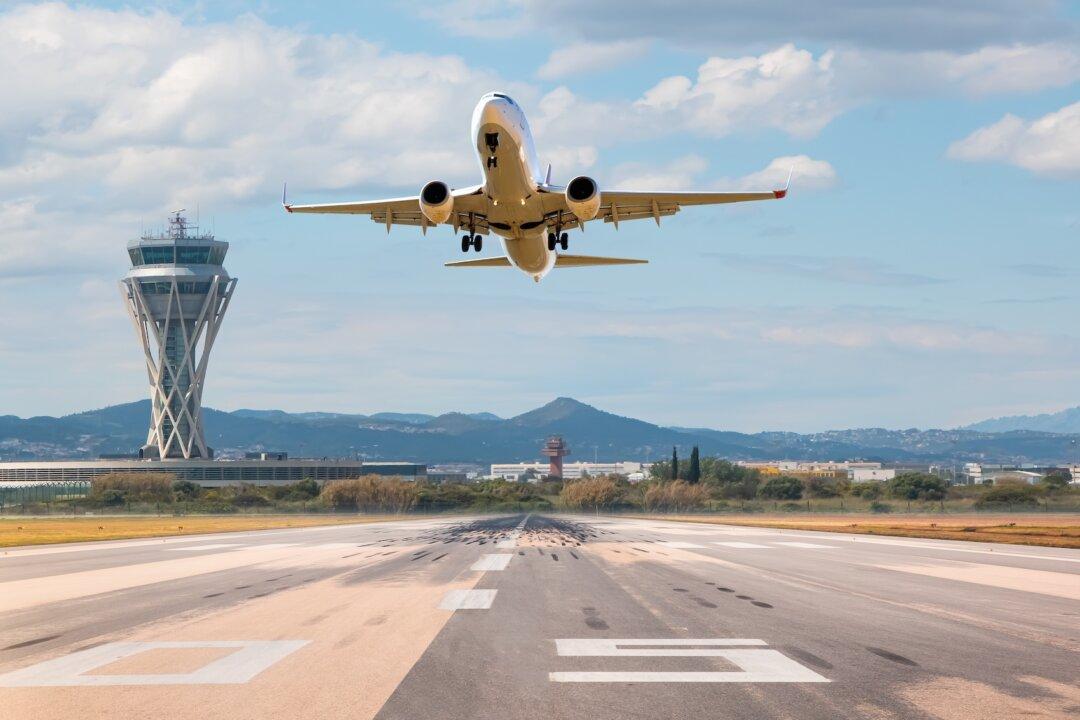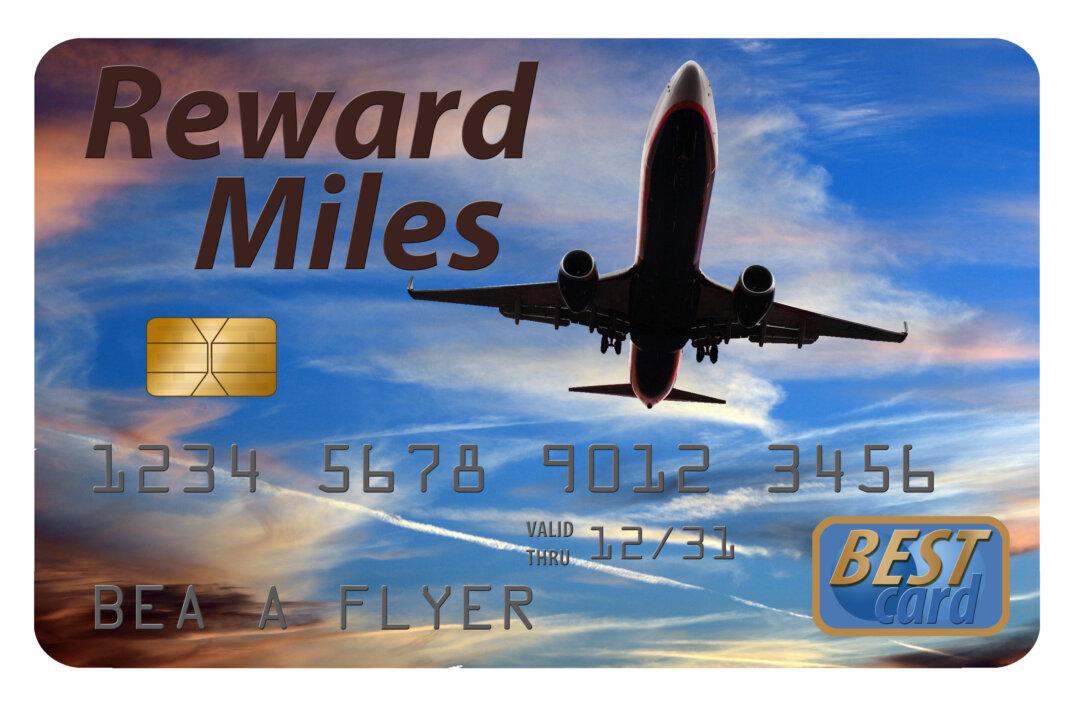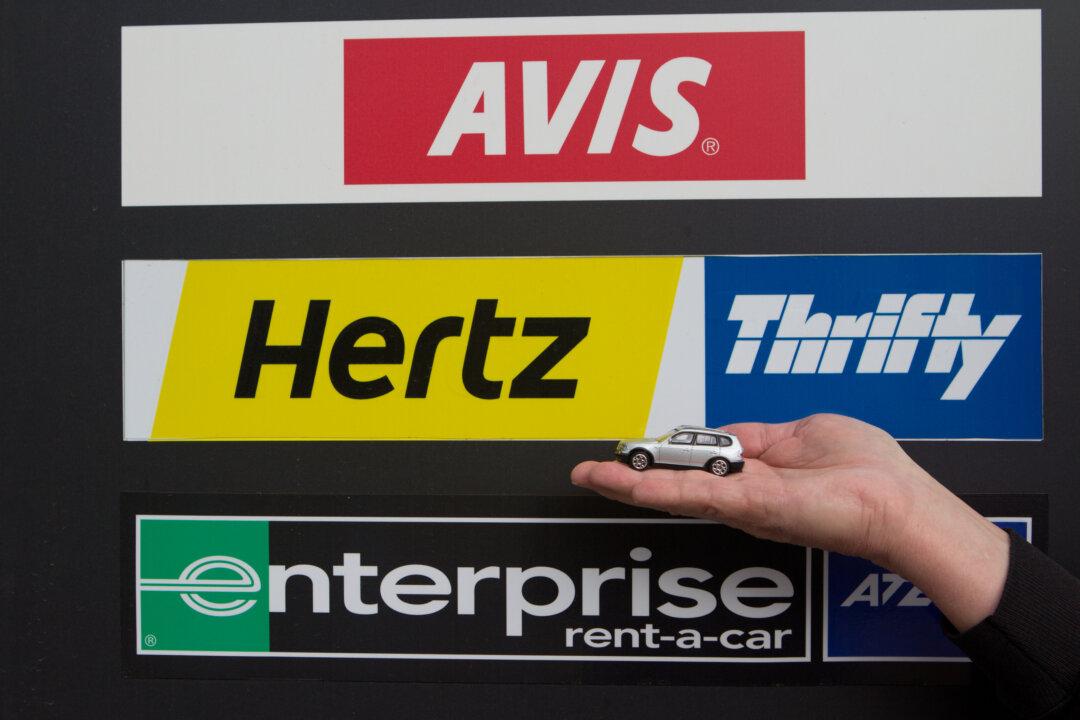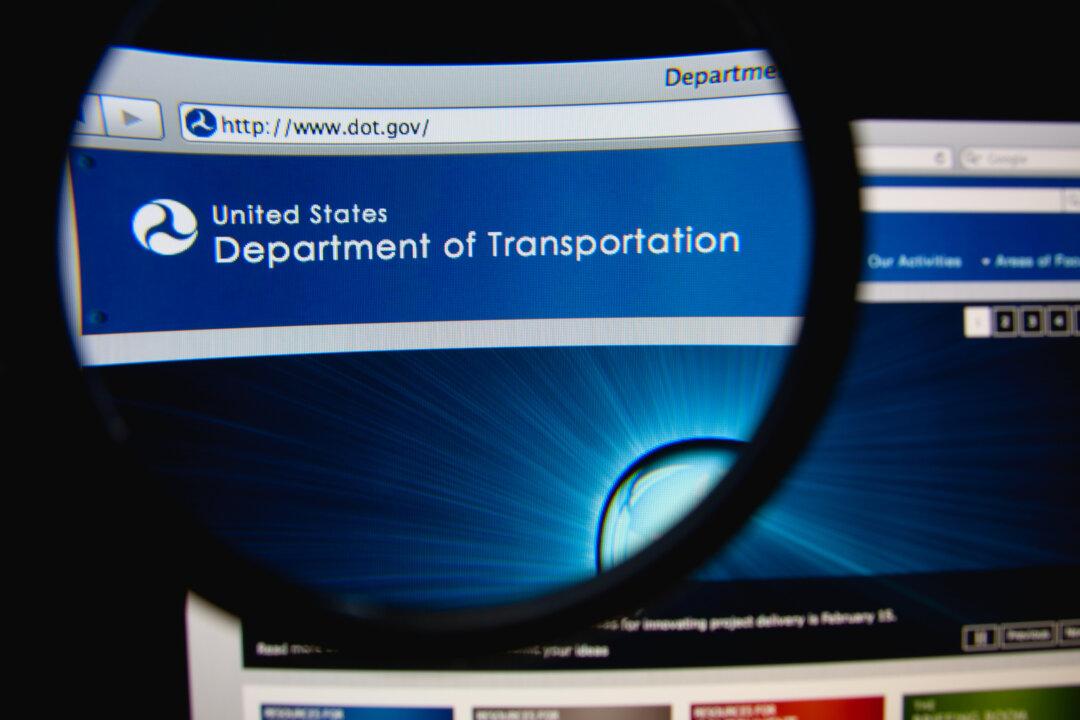If you’re headed for Europe this summer and expect to move around a bit, chances are there’s a train trip in your future. The Europeans are intense about minimizing carbon emissions by airlines: Some countries have banned short-haul flights entirely, and others are using various techniques to get you onto trains rather than planes for all but the longest local travel hops.
Your rail experience may well begin as soon as you arrive. Most European international airports provide direct rail service from the airport to the city center. In many cases, you have a choice of dedicated nonstop trains, such as Heathrow Express, with lots of space for your carry-on, and slightly slower stopping commuter trains, such as Heathrow’s Elizabeth Line, that are less expensive but can be crowded in the morning peak commute period when many flights from the United States arrive.

